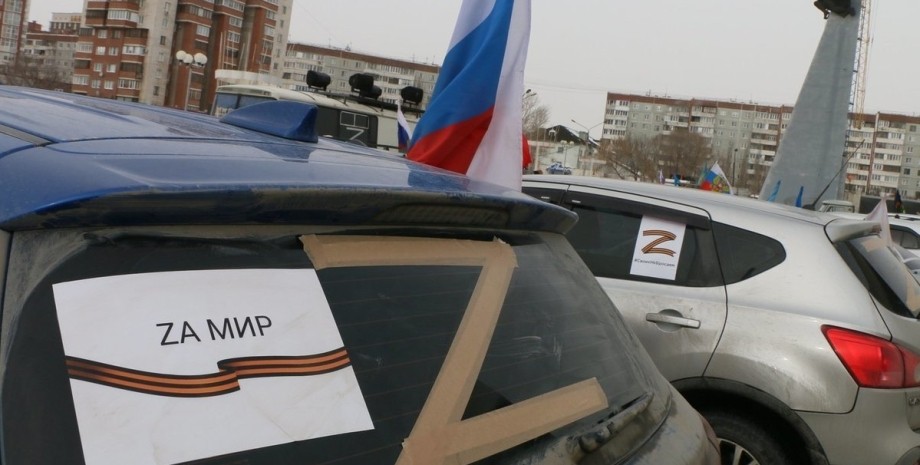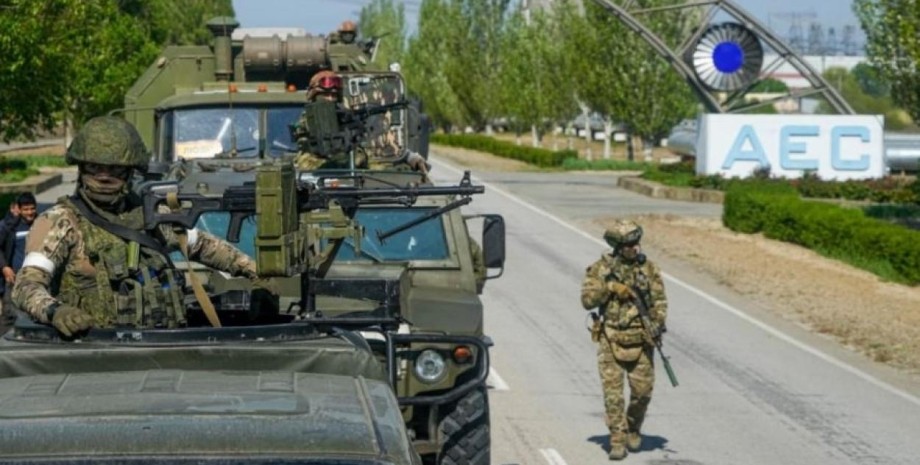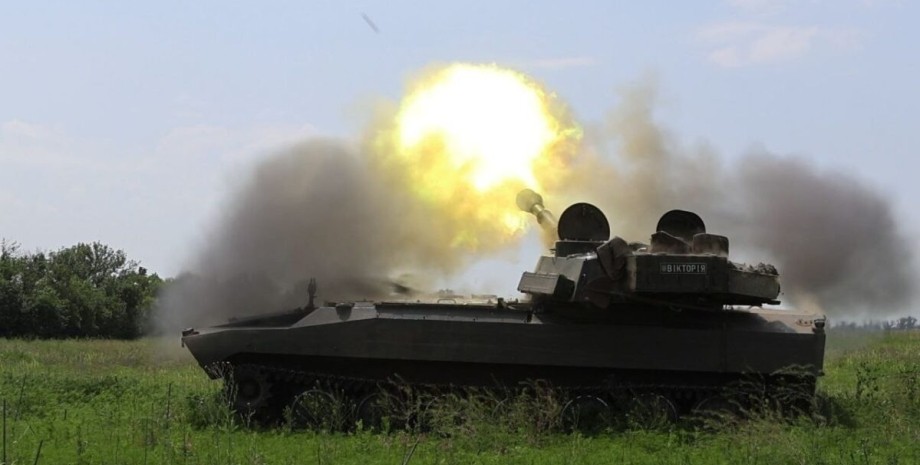When the crimes in Bucha became famous all over the world, Russian RIA Novosti published the text of Timofey Sergeytsev. The author states that "denacification" is in fact "de -Ukrainian" - a rejection of "artificially created Ukrainian ethnicity". This publication, combined with Putin's previous statements, allows to distinguish the goals of Russia's military aggression. Museums, libraries, galleries - memory archives that are intended to preserve cultural values and memory of the past.
Thanks to them, the collective memory of the community is formed - the basis of identity. The same goal is performed by monuments, monuments, memorials. Their destruction is an attack on the cultural heritage of Ukrainians. Crimes against cultural values are crimes against a person. Monuments and cultural structures are part of the community being, so their destruction cannot be evaluated only in the categories of property loss.
Cultural heritage in the conditions of war is subject to protection under the UN Convention of 1954. Cultural values include: values, moving or immovable, which are of great importance for the cultural heritage of the people, such as monuments of architecture, art or history, religious or secular, archeological location, architectural ensembles that have historical or artistic value, works of art.
, manuscripts, books; as well as buildings that are intended to preserve or expose moving cultural values, such as museums, libraries. The second protocol to the UN Convention of 1954 provides that the application of the principle of "military necessity" in case of damage to cultural values is possible only if "there is no practically possible alternative to obtain an equivalent military superiority.
" At the same time, cultural sites that were attacked in Ukraine were not used as a military - their destruction was not caused by military necessity. Strokes on structures intended for the purposes of religion, education, art, science or charity, historical monuments without military need are military crimes, in accordance with the Rome Statute. Ukraine has signed the Roman statute, but has not yet ratified.
Instead, Ukraine is already cooperating with the International Criminal Court for the investigation of crimes, in accordance with the mechanism provided for in Article 12 of the Roman Statute, recognizing the jurisdiction of the International Court of Ukraine throughout Ukraine.
Cultural values: The loss of losses is complicated by the assessment of injuries during hostilities: often representatives of the authorities and SES employees do not have the proper access to damaged objects for a long time due to the density of shelling and the danger of mines. Information coming from occupied settlements and those that are in siege are often incomplete. However, even available data makes it possible to conclude about the nature and extent of destruction.
Religious structures more often than other cultural objects suffered from shelling. According to the ICP, at least 136 religious structures have been destroyed. One day, two wooden churches of the nineteenth century were completely destroyed as a result of the rocket attack: the Church of the Nativity of the Blessed Virgin Mary in the village of Vyazivka, Zhytomyr region (1862) and St. George's wooden church in the village of Zavorychi, Kyiv region (1873).
Museums are a prominent place among damaged objects. The first was destroyed the Museum of Local History in the village of Ivankiv in Kyiv region. There was a collection of works by Maria Primachenko, a Ukrainian Naivian artist, whose work is a recognized world heritage. Fortunately, the work was saved. Also fully destroyed by the A. Kinji Museum in Mariupol was completely destroyed by the airbomous about. The fate of the collection is not known at this time.
More than two thousand exhibits were stored there, including paintings by Mykola Glushchenko, Mikhail Deregus, Tatiana Yablonskaya, Alexei Gritsay. As of July 8, there were 46 cases of damage to monuments and memorials in Ukraine, most of the artillery shelling. At the same time, there are examples of sighting of monuments to famous Ukrainians. In Borodyanka, Russian military fired at Taras Shevchenko's busts from small arms.
In addition to single objects, the Russian military destroy whole cultural layers of Ukrainian cities. Obviously, Russia's tactics are the task of maximum destruction: carpet bombardment, shelling, rocket launchers and air strikes are used. The Russian forces destroyed 1937 objects in Kharkiv, 90% - Mariupol, Volnovakha, Borodyanka, 70% - Chernihiv, 80% - Izium.
Historical precedents of crimes against cultural values have become part of the prosecution within the international tribunal for the former Yugoslavia, and were considered in the International Criminal Court in the Hague. These two judicial institutions have established an important precedent and proved at the legal level that such crimes are military. However, there are some restrictions on such crimes.
During 1991-1999, the cultural and religious objects of Bosnia and Herzegovina, Croatia and Kosovo were purposefully destroyed during the wars in the former Yugoslavia. During the existence of the tribunal, 142 litigation was conducted, but only 16 indictments included crimes against cultural values.
For the most part, court decisions have qualified the destruction of cultural and religious monuments as an element of persecution on political, racial and religious grounds committed with discriminatory intent. There are several reasons for the small number of indictment for crimes against cultural values. Not all cases have been carefully documented, limiting the possibility of criminal prosecution.
Without significant evidence to prove faults in crimes against cultural values, prosecutors were chosen by those where an indictment could be achieved. Accordingly, the destruction of all 16 mosques, 6 Catholic churches and monasteries in Bania-Luka (Northern Bosnia) and damage to more than 200 mosques of Serbs in Kosovo did not get into the tribunal materials. No one was responsible for one of the largest crime against the Bosnian heritage - the destruction of the National Library in Sarajevo.
The President of the Union Republic of Yugoslavia Slobodan Miloshevich died to make a decision in his case. From the indictments against Radano Karadzich, President of the Republic of Serbian and Ratko Mladich, Head of Staff of the Troops of the Republic of Serbian, the destruction of the library was removed because of the complexity of proving their guilt for this crime.
At the same time, we are dealing with the Croatian city of Dubrovnik, the historical part of which was fired in 1991 by the Yugoslav People's Army. The status of Dubrovnik as an object of the UNESCO world heritage has contributed to him. For a military crime from the shelling of the city, the responsibility of the General of the Yugoslav Army Strugar (8 years of imprisonment) and Admiral Yokich, who admitted guilt and was sentenced to 7 years.
An important achievement in cases of crimes against cultural values is the recognition that the victim of these crimes is not only a separate community, but the international community as a whole. The accusation of harming the world community has become one of the main Akhmed al-Faki al-Mahdi, which was considered by the International Criminal Court. Al Mahdi was sentenced to 9 years in prison for the destruction of 10 historical and religious monuments of Timbuk in Mali in 2012.
All objects except one are included in the UNESCO World Heritage. It is important that crimes against cultural values in the aforementioned lawsuits were considered not only as civil objects, but also through the prism of their cultural status and importance for a particular community or even the world community, as in the case of mausoleums in Timbkk.
The destruction of the Islamic and Ottoman cultural and religious inheritance in Bosnia was considered in the wider context of crimes against civilians - as an element of ethnic purposes. The territories were not only "cleared" from the Muslim population, but also destroyed cultural sites to erase their memory in these territories.
According to international experience, persecution for cultural crimes has many challenges, one of which is understanding the level of harm to the community caused and in general the international community by the destruction of certain cultural values. Therefore, informing the world about destruction and lost values is one of the key tasks.
The Ukrainian Institute has joined this activity, launching a project of Postcards from Ukraine, which tells about damaged cultural and historical objects of Ukraine. Ukraine is now tasked with documenting and investigating Russian military crimes, including cultural values. The MKIP launched a project to collect evidence of the destruction of objects. These data will require further verification and should be supplemented with a thorough independent study.




















Všetky práva vyhradené IN-Ukraine.info - 2022